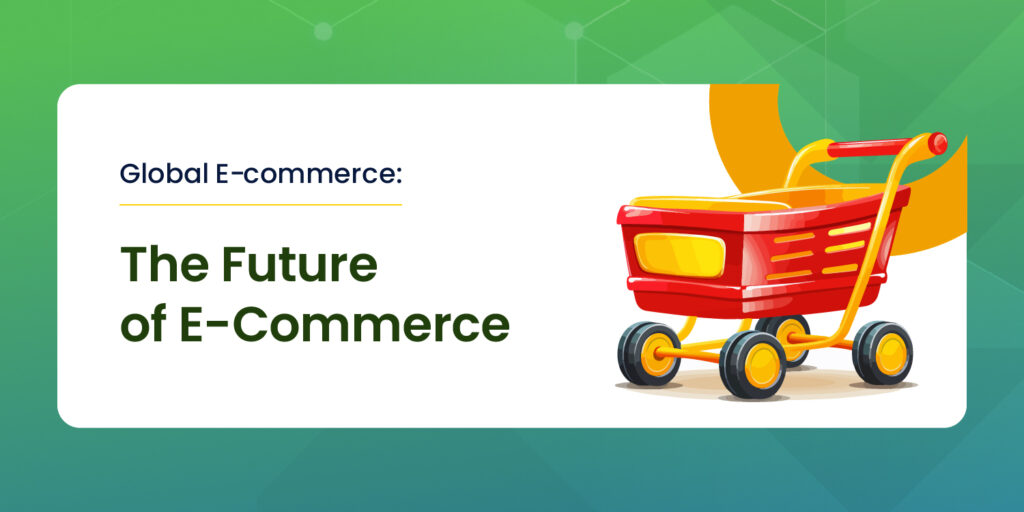It may be hard to grasp, but over 50% of all online global shoppers now use Amazon as the first website they visit when making buying decisions. If you haven’t created a strategy to reach these shoppers, you are missing out on a major piece of the E-commerce market. In many ways, Amazon is more important than Google today.
Amazon invites worldwide sellers to bolster their online selling campaign on a worldwide platform through two basic ways –
In this article, we will talk specifically about Amazon seller central management services.
Amazon Seller Central is a platform offered by the E-commerce behemoth through which a business can sell products online and have access to the millions of shoppers that use Amazon’s online marketplace. Seller Central allows business owners to become online retailers by using the platform’s E-commerce infrastructure and existing client base. Packaging and shipping are the merchant’s responsibility under this option.
Let’s elucidate with an easy example >
In the town you live in, there is a market where for several years now, a lady has been selling her own dairy products. But, before getting to the market, she would have gone through the long process of making her products, preparing them for transportation and deciding on her price range and the layout of her market booth.
When creating your Amazon Seller Central account, this is precisely where you are standing where the lady stands each morning. Your products are ready, your business is up and running, you know your pricing, your brands are registered as trademarks, and your fulfilment solution is operational. All you need is to step into the Amazon marketplace and find the buyers to start selling online. Savvy sellers use Fulfilment by Amazon or FBA, but, anyone can use Seller Central and can retain full control of their product listings and pricing.
There are 4 main management areas –
Unless brands have absolute control over their supply chain, oftentimes they will discover their products being listed and sold on Amazon by unknown sellers. Having a Seller Central account is a great way to control the messaging of those products.
Business owners who use Amazon Seller Central Management Services to sell their products benefit from access to the platform’s large customer base. In addition, they benefit from discounted shipping rates, since Amazon negotiates lower fares with shipping companies and postal services. When using the FBA option, customer service and product returns are also taken care of by Amazon. Moreover, vendors have access to Amazon’s warehouse facilities, so they do not need to add storage to their business costs. Lastly, Amazon Seller Central comes with a range of analytics tools that merchants can use to optimize their product sales.
The fundamental difference between Vendor Central and Seller Central is who will be selling your products. With Vendor Central, Amazon’s retail team buys and resells your products to their customers. With Seller Central, you are selling directly to Amazon’s customers. There are significant differences between the two, so it’s important to fully understand the potential opportunities and drawbacks with each.
We will talk about these differences in great detail in upcoming blogs. Stay tuned!

There are a few things that you must keep in mind while you are using Amazon Seller Central Management Services. These will help you become a better seller while keeping an eye out for potential mistakes that other sellers make.
Consider that you have a high-quality product that has the potential to do wonders in the market. However, if the description of your product is shoddy and poorly written, then the chances of selling those products on Amazon will be less. Therefore, it is advisable to invest some time and quality in filling up the product information fields wisely.
Your product description should carry all the relevant keywords from the Amazon SEO perspective. On top of this, your description should be in bullet points, impactful, and crisp. You should also make use of all the space provided to you by Amazon, given that it is limited. This is where good keyword research comes into play. You need to build a solid foundation of top-selling Amazon keywords for your products.
Your Amazon Seller Central account holds all the important metrics and data regarding your business. As a result, it is important that you learn how to read and analyze these key performance indicators. Some of the metrics that you should be looking for are:
You should monitor these metrics regularly to identify areas where your business is underperforming and in turn, work on them.
One of the many factors that go into ranking your products superbly on Amazon is inventory level. Since Amazon wants its customers to benefit from a world-class shopping experience, it generally shows only those results which have the product in stock.
Furthermore, Amazon stands to make money off every sale you make and if you go out of stock, it will be bad for business. Therefore, when you fail to replenish your inventory in time, your listing will be pushed down in the search results and they will be replaced by your competitors. To get back up in the rankings, you will have to start from scratch.
Whether it is processing returns and refunds or answering queries about the product itself, as an Amazon seller, you should be equipped to handle these situations flawlessly. Of course, if you are using Amazon FBA, you don’t have to worry about any of it but if you don’t, then you need to set up the necessary infrastructure in place to take care of these logistical aspects. You should also make sure that your orders are delivered on time to avoid negative feedback.
Amazon Sponsored Products, also known as Amazon Pay-per-Click campaign, is one of the most popular marketing strategies employed by Amazon sellers. This is quite similar to Google PPC campaign – you bid on a set of target keywords for your products and Amazon will then display your advertisement alongside the search results for those keywords. You pay Amazon only when a potential customer clicks on your ad at which point, he/she is directed to your product page.
You can choose the keywords either yourself or through Amazon’s automated targeting system. The ads can be customized such that they are triggered when someone searches for those exact keywords or for its synonyms. If done right, Amazon Sponsored Products campaign will not only improve your visibility and drive more traffic to your products, but it will also boost your brand’s image and improve your rankings. This is an investment for the future of your business and you should definitely consider Amazon Sponsored Products campaign.
One of the most common mistakes that sellers make is failing to understand how Amazon charges them for the services provided. When that happens, their cost estimation and margin calculations go haywire. Therefore, before you start your journey on Seller Central, calculate your costs and margins carefully. Make use of FBA calculator to estimate your potential profits before you start selling.
Also, take into account additional charges like overheads, advertising and branding budget, referral fees, et cetera that can play a role in your profits.
Nothing drives a customer away faster than charging exorbitant amounts for shipping. For online shoppers, shipping is absolutely critical and as a seller, you must not overcharge them for the same. Studies have shown that six out of 10 shoppers abandon their carts due to shipping fees. While you are at it, you should also make sure that your orders are always delivered on time.
While reviews are important to drive future sales, you must not make the mistake of purchasing them. In recent years, Amazon has taken strict actions to curb these fake reviews and ensure that all the testimonials that accompany a product on its marketplace are genuine and honest. Needless to mention, it is also against Amazon’s policy to solicit reviews.
In the end, the best way to make the most of Amazon Seller Central is by paying heed to the points mentioned above. As you progress on your path, you will discover more features which may or may not prove to be beneficial to your business model. If you have any suggestions or useful tips on how to make the most of Amazon Seller Central Management Services, then do share them in the comments below!

What We Do
Company
Resources
Careline:+1 (917) 5957762
© 2025 Assiduus Global INC. All Rights Reserved.



